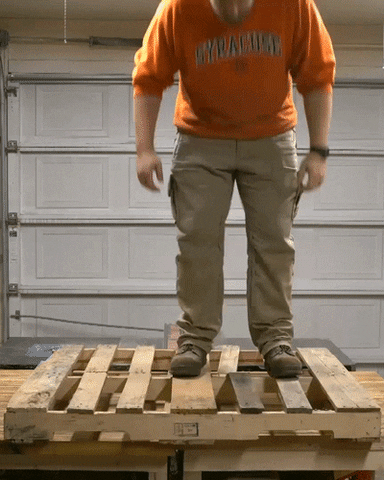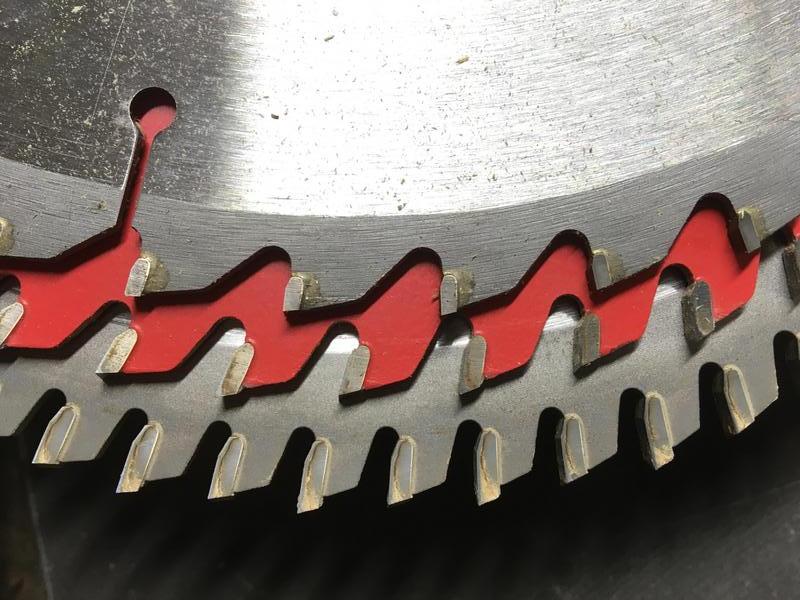WannabeeCarpenter
Established Member
I was hopeless at woodwork at school but have always loved wood in its various forms. I've bitten the bullet and bought a table saw with plans to make wall-mounted box shelf units, panel the walls of my garage and once I'm a little more confident, build a room in said garage for my wife to use for her business.
The saw I've purchased (it's arriving this week) has a 315mm blade with 24 teeth which to this ignoramus doesn't seem like many. The saw will be used primarily for cutting reclaimed pallet wood and I'd prefer a finer finish which leads me to my questions:
I don't really want to spend silly money but would rather buy something decent than just make do, so any & all suggestions are welcome.
Thanks in advance.....
The saw I've purchased (it's arriving this week) has a 315mm blade with 24 teeth which to this ignoramus doesn't seem like many. The saw will be used primarily for cutting reclaimed pallet wood and I'd prefer a finer finish which leads me to my questions:
- Would I be right is assuming that the greater the number of teeth, the neater the cut?
- Is there a 'universal' blade that would give a neat finish to pallet wood but also be suitable for cutting plywood panels for the walls?
- Is there a huge difference in quality between manufacturers?
I don't really want to spend silly money but would rather buy something decent than just make do, so any & all suggestions are welcome.
Thanks in advance.....



































